In addition to today's
In addition to today‘s world-famous porcelain wares, more than 1,100 Chinese drawings and watercolour paintings on paper and silk, as well as woodcuts and coloured prints, were brought to Dresden. This important collection, along with 850 chinoiserie prints, is preserve in the Kupferstich- Kabinett of the Staatliche Kunstsammlungen Dresden. In the first inventory of the Kupferstich-Kabinett, drawn up in 1738, the objects were listed under the categories “La Chine” and “La Chine européenne”.
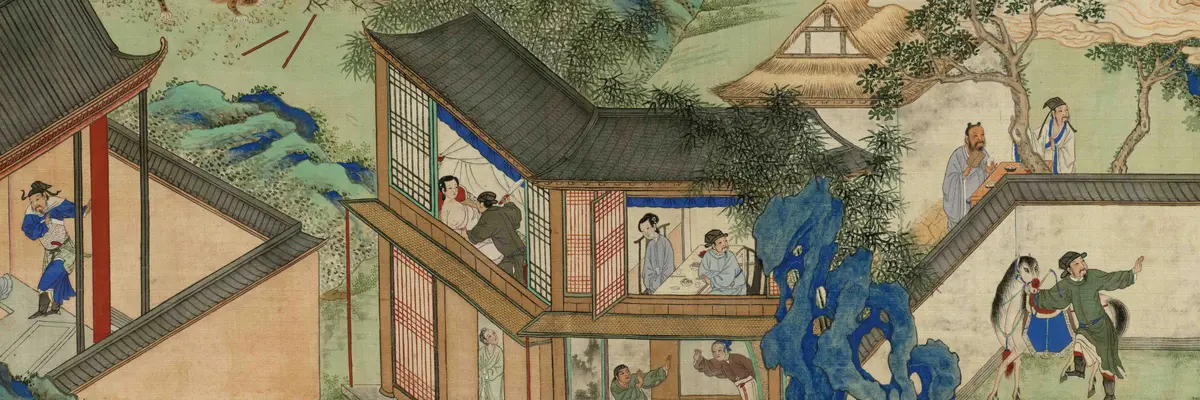
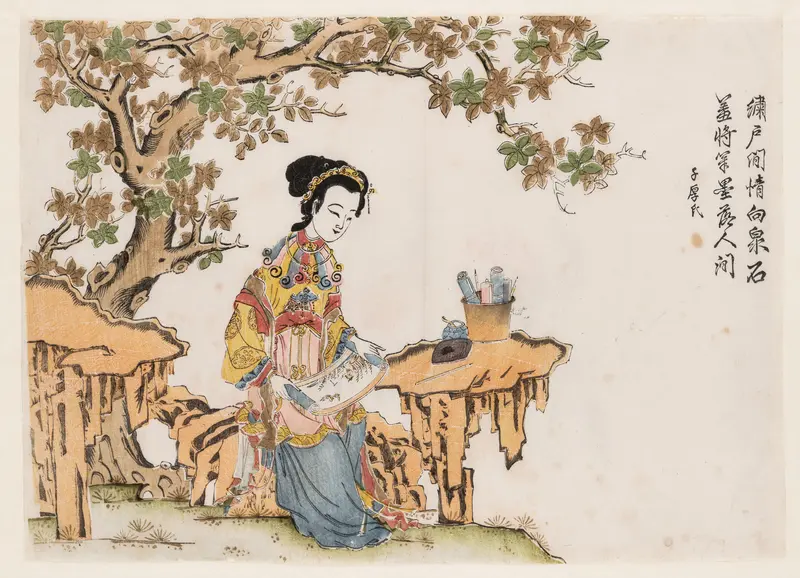
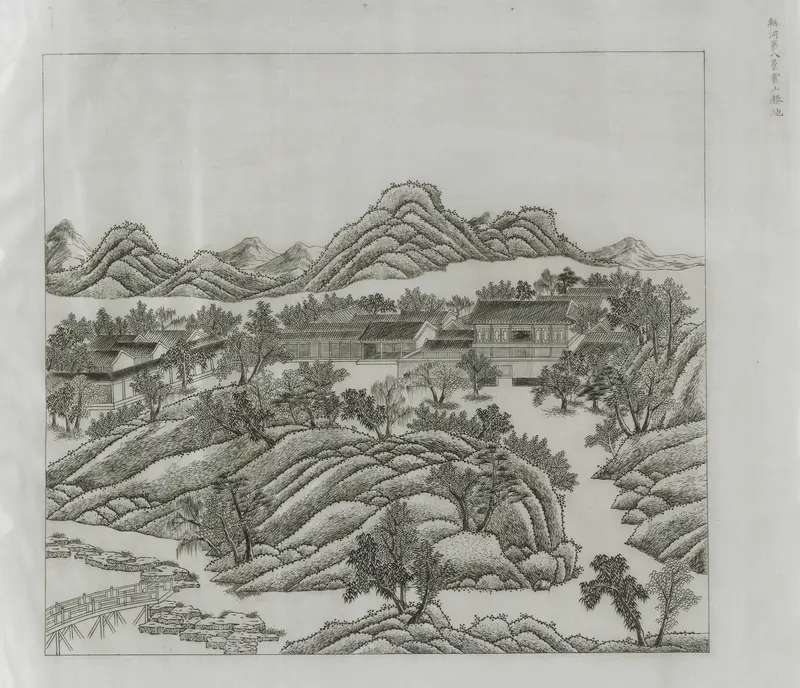

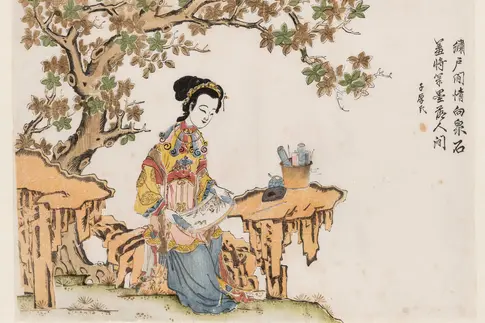

![[Translate to English:] [Translate to English:]](/fileadmin/_processed_/1/3/csm_GD_SKD_KV_210720_RGB_3000_e241c2c9bb.jpg)
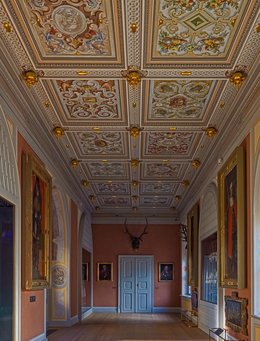
![[Translate to English:] [Translate to English:]](/fileadmin/_processed_/f/a/csm_11_Worobjow__ac856daaab.jpg)
![[Translate to English:] [Translate to English:]](/fileadmin/_processed_/2/5/csm_1_Edward_Hopper__Morning_Sun__1952_8894c282e7.jpg)
